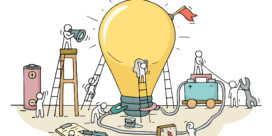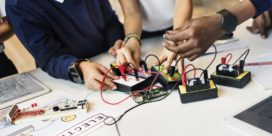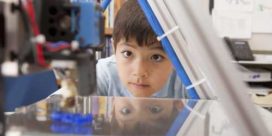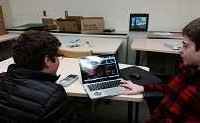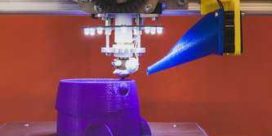28 can’t-miss edtech innovations from ISTE 2017
This year's ISTE Conference was all about technology-charged learning--and from the keynotes and sessions to the fast-paced exhibit hall, the conference's more than 20,000 attendees (15,000 educators plus…


